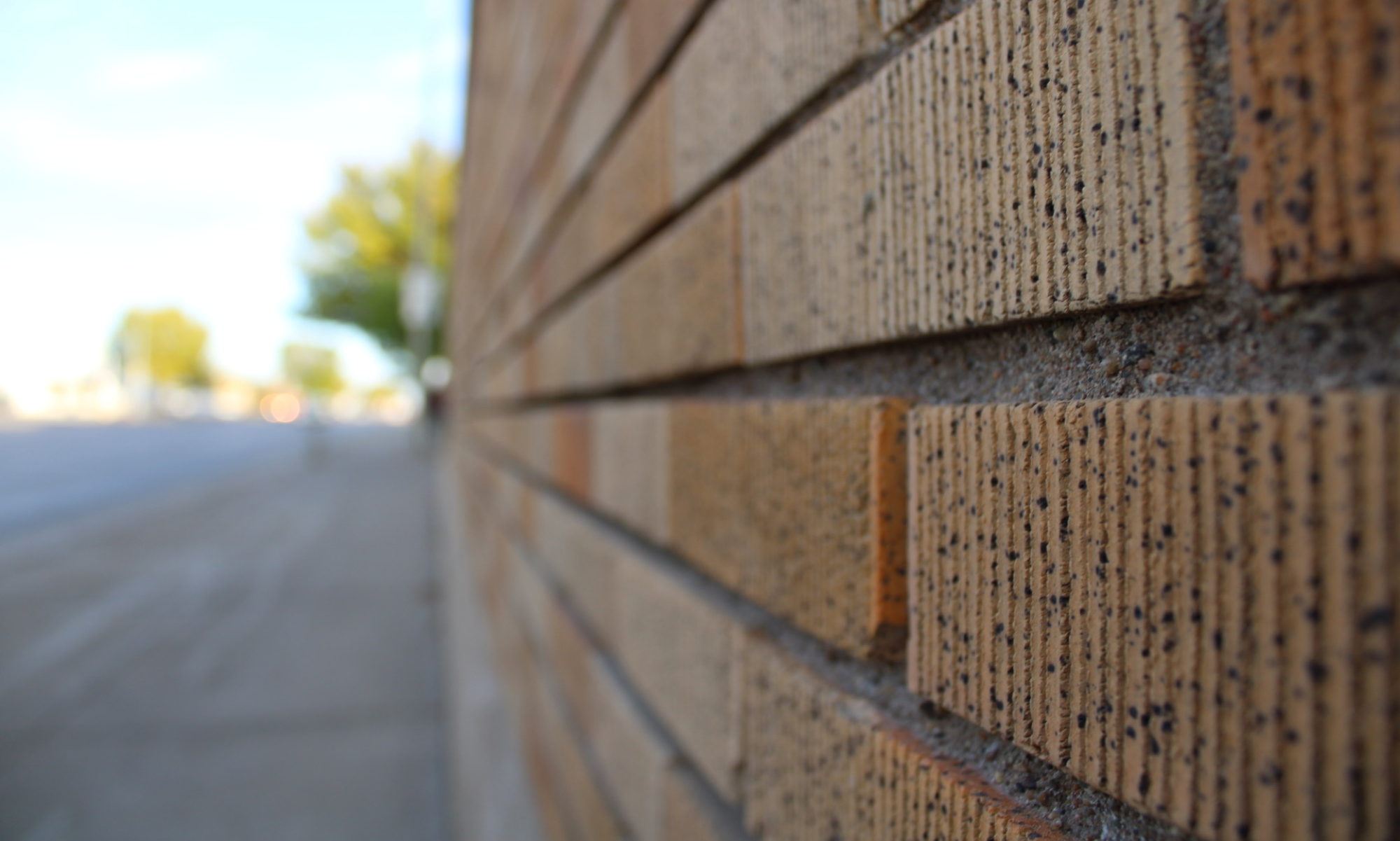The long marble hallways of the museum echoed with a disorderly line of squeaking sneakers here to look at the bones. They pointed their fingers at the glass displays of rocks and minerals. Ancient rainbows. Who knew those bright and crusty beryl crystals inside half a brown stone egg would make a little girl with sequins on her shirt say “so pretty”?
But they had been told: careful hands, no fingerprints on the glass, and no touching the bones! They hushed each other, too, although this hadn’t been one of the rules; they sensed that such solemn contemplation of history required silence, or at the very least, “inside voices.” Perhaps it was the massiveness of the place, the height of the ceilings, the ancientness of the bones. Perhaps they felt they were viewing a graveyard, and respected it as such.
They were well-behaved little homo sapiens, young at this point in the timeline, mostly insignificant as far as anyone could tell, at least for now, and unaware of it, unable to grasp the magnitude of their smallness. Million, billion, trillion years old. It didn’t matter. The numbers washed in and out their ears, but they nodded solemnly all the same, pretending to understand the oldness of the fossils they viewed. The older the better.
The bigger the better, too. They all gravitated to the t-rex, the one they all knew by name. It towered above them. This was the kind of thing they craved. Like a villain in a chapter book, or a Halloween mask. Dangerous enough to give them a shiver, but they knew they were safe from its clutches. They reveled in that kind of thing. Probably the remnants of their wild ancestors who had no time for books or masks or field trips, but were only trying to survive. Today the flock had survived recess, a fifteen-minute bus ride, and the little boy with the 3D dinosaur book trying to tell them the scientific names of each set of bones they passed.
He was accurate, at least. It was amusing to hear such a small mouth pronounce such long words. Triceratops, he said, but they all knew that one. Then, edmontosaurus. Plioplatecarpus. The boy was king for the day.
There was a display of bird bones, but none of them were quite as exciting as the giant remains of creatures that could have gobbled them up had they been plopped down in a different place in the timeline.
The bones were darker than they expected. Each child internally decided that this must be because the dinosaur bones were so old, while the plastic skeleton that lurked in the corner of their classroom was white because that’s what their own bones would look like, if you were to cut them open. Their calcium was fresher. Now, try again in 65 million years, and their tiny ribcages might look darker, if they had died by then. Most of them considered themselves immortal, though they would never admit to it. The ancient skeletons hanging from the ceiling in a lifelike arrangement was their first brush with death. They were tempted to reach out and rub a finger against the toe bone the size of their skinny little arms, but they were well-trained. They contented themselves with peering over the railing and wondering what the bones had been like when inside a living, breathing creature. Like themselves, only mortal.
No one had the heart to tell them that the bones weren’t really bones at all.

